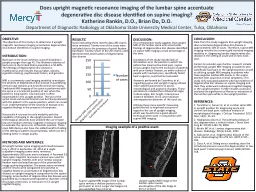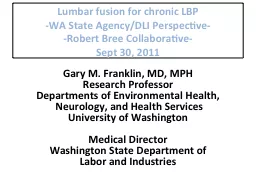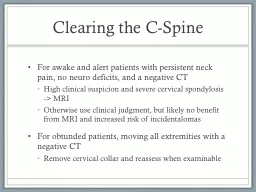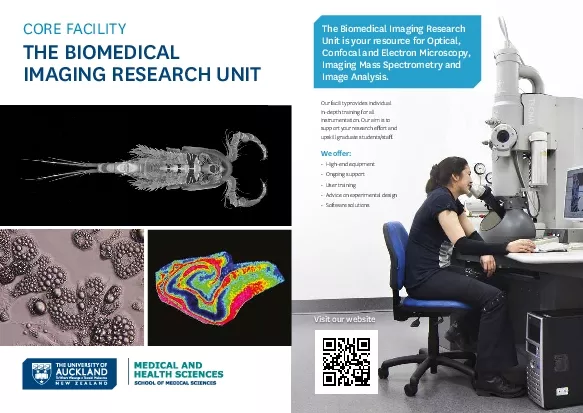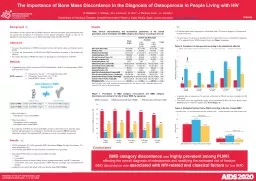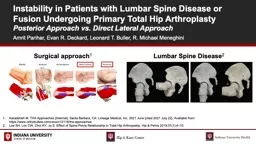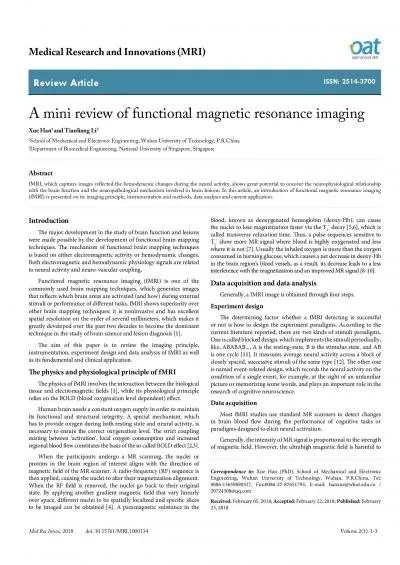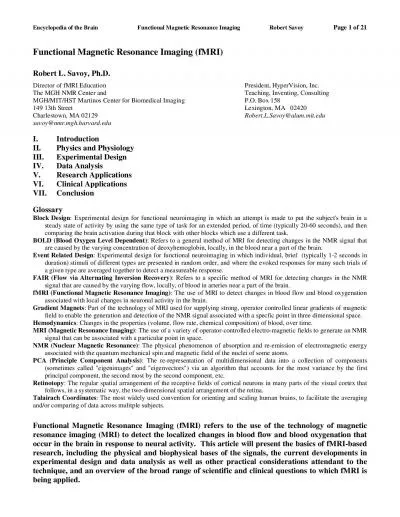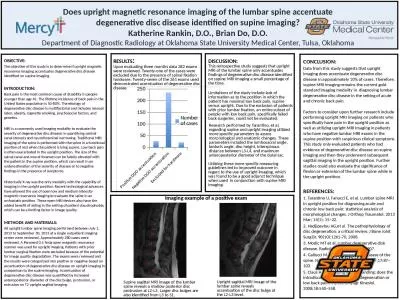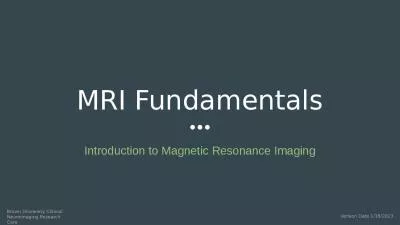PPT-Does upright magnetic resonance imaging of the lumbar spine
Author : celsa-spraggs | Published Date : 2017-09-18
Katherine Rankin DO Brian Do DO Department of Diagnostic Radiology at Oklahoma State University Medical Center Tulsa Oklahoma OBJECTIVE The objective of this study
Presentation Embed Code
Download Presentation
Download Presentation The PPT/PDF document "Does upright magnetic resonance imaging ..." is the property of its rightful owner. Permission is granted to download and print the materials on this website for personal, non-commercial use only, and to display it on your personal computer provided you do not modify the materials and that you retain all copyright notices contained in the materials. By downloading content from our website, you accept the terms of this agreement.
Does upright magnetic resonance imaging of the lumbar spine: Transcript
Download Rules Of Document
"Does upright magnetic resonance imaging of the lumbar spine"The content belongs to its owner. You may download and print it for personal use, without modification, and keep all copyright notices. By downloading, you agree to these terms.
Related Documents

